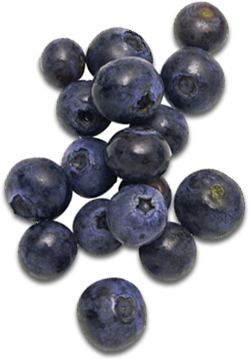no items to display
Don’t Be Fooled By Deceptive Food Labels: 5 Claims to Watch Out For
The majority of Americans rely on food labels to give them an accurate picture of the nutritional content of the foods they buy for themselves and their families. But it’s no secret that food labels are sometimes uninformative if not outright deceptive, leading you to think you’re choosing healthy foods when you’re actually not. From undefined words like “natural” to deceptive serving sizes, reading food labels can be tricky. The more you know what to look for and what to avoid, the better choices you’ll be able to make.
5 Misleading Food Label Claims to Watch Out For:
“Natural” or “All Natural”
Don’t be fooled, all natural doesn’t mean all that much. According to the FDA, a product labeled as “natural” must not contain synthetic or artificial ingredients. However, it may still contain pesticides, genetically modified ingredients, high fructose corn syrup and be heavily processed, which negates what many consumers think of as natural.
“Made With Whole Grains”
Many products tout they’re a healthy source of whole grains, when in reality refined flour is the first ingredient. Because the FDA does not define what percentage of grain must be whole in order to use this claim, it’s important to look for food packaging with “100% whole wheat” and ensure “whole grain” or “whole wheat flour” is listed as a primary ingredient.
“Made With Real Fruit”
Products that claim to be made with real fruit may not contain very much at all, or none of the type pictured on the packaging. For example, Pom Wonderful, which sells 100% pomegranate juice is suing The Coca Cola Company for false advertising of their Minute Maid Pomegranate Blueberry Flavored Blend. The product in question is made almost entirely from apple and grape juice, but is called “Pomegranate Blueberry,” followed in smaller type by the words “Flavored Blend of 5 Juices.” Be sure to read the ingredient list for any product claiming to be “made with real fruit” to ensure you are really getting the nutrition advertised.
Serving Size
Food labels can be tricky with serving sizes. To make a product look low in fat or calories, they may list information based on a tiny, unrealistic serving size. Some of the biggest offenders to watch out for are bagels, ice-cream pints, and personal pizzas, which often contain multiple servings even though they’re sold as “individual sizes.”
“Fat, Sugar, or Salt-Free”
Labeling a food as "free" of a certain nutrient or ingredient, whether salt, sugar, or fat, means it has none or an insignificant amount of that nutrient or ingredient, according to the FDA. If the package says "calorie-free," the item has fewer than 5 calories per serving. For sugar or fat, this means the food has fewer than 0.5 grams per serving. But be careful – products could be advertised as fat free, but be loaded with sugar, and sugar-free products could be loaded with fat. Be sure to check food labels for calorie content, and compare “fat-free” products to the full-fat version.
Disappointing? Definitely. Luckily not all health products are deceptive. Juice Plus+ offers 100% nutrients from 25 different fruits, vegetables and grains. With Juice Plus+ you are guaranteed whole food nutrition in every capsule or chewable.
Do you pay attention to the food labels on the products you buy? What terms do you look for? Share thoughts in the comment section below.
Sources:
http://www.usatoday.com/story/news/nation/2014/04/21/supreme-court-coke-pomegranate-juice/7966375/
http://www.heart.org/HEARTORG/GettingHealthy/NutritionCenter/HeartSmartShopping/Reading-Food-Nutrition-Labels_UCM_300132_Article.jsp





